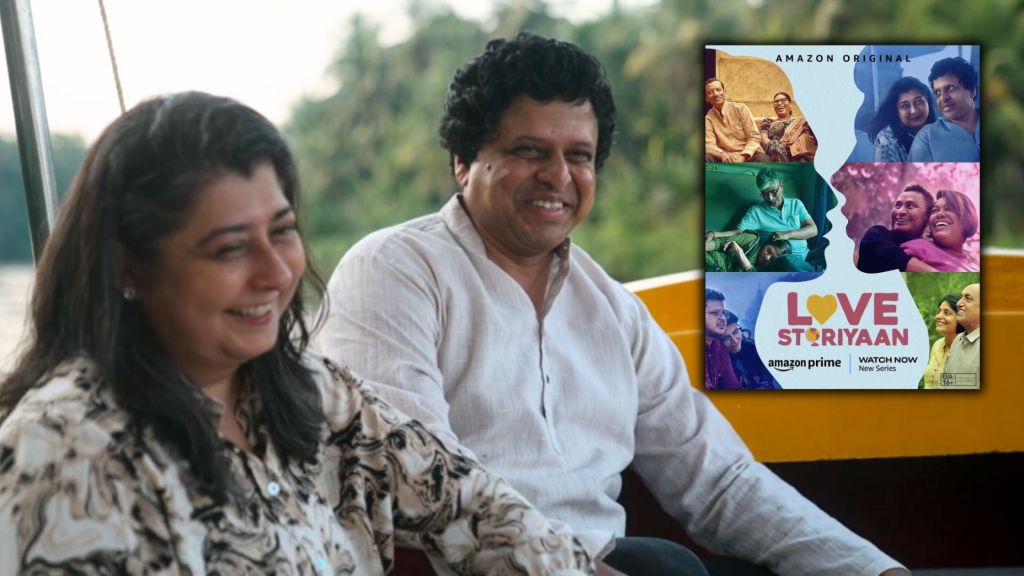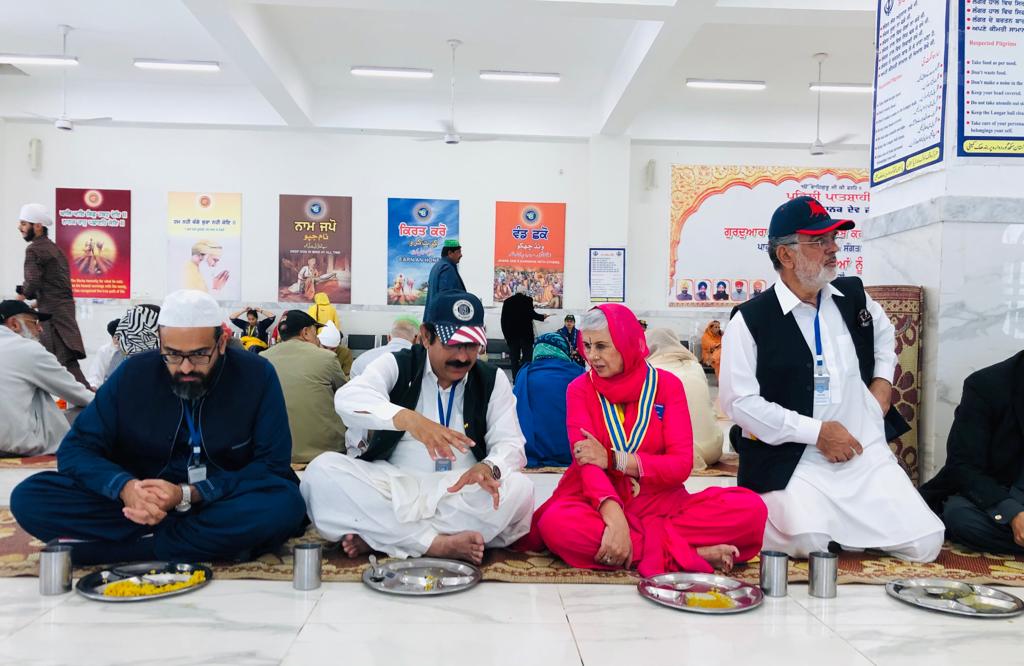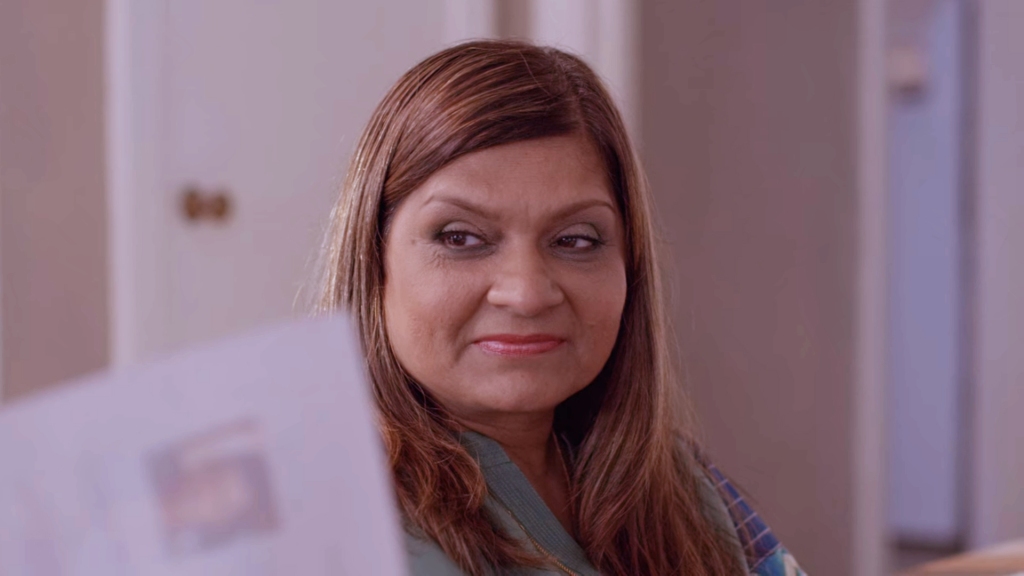Ian Millar, global brand ambassador, William Grant & Sons
Born in Perthshire in the Highlands of Scotland, Ian Millar started off as an engineer in the British Army before a temporary job in a Scottish distillery set the tone of his professional journey over the next four decades. Now the global brand ambassador for the 126-year old premium spirits company William Grant & Sons Ltd (WGS), he has his eyes firmly set on bringing the flavour and fascination of single malts to emerging markets around the world, especially India, where the company set up its sales and marketing unit in 2009.
Millar, who has worked for a number of distillers in various technical and production roles, started out at WGS in 1998 as distillery manager for Glenfiddich and The Balvenie. Based in Speyside where he lives with his wife Anneke, the 60-year-old conducts regular nosing and tasting sessions for enthusiastic locals, besides training hospitality professionals around the world in the art and science of whisky serving, storage and selection.
How did you get into the spirits business?
I left the British Army at the age of 18 and had applied for a job in Libya as an engineer. In the meantime, I signed up for a job at a local distillery. I knew the manager’s son; I had an engineering background and short hair; and I called the man “Sir”. No wonder that out of 90 candidates, I was the one who got the job. It’s now been 40 years in whisky and two in beer.
What are the challenges and opportunities in the luxury liquor segment in India?
Opportunities are huge, of course. With the growth in wealth and disposable income, there’s a parallel growth in the consumption of luxury goods; new millionaires want the best of everything – cars, watches, luxury spirits. WGS has a long-term view in whisky – we do 30-, 40- and 50-year-old whiskies; our USP is that we produce a high volume of high-end vintage spirits. So we are very well placed to tap this segment. The challenge, in fact, is insufficient whiskies. There isn’t enough supply to meet demand.
What are your key markets, and where does India stand?
Traditionally, it was the US, UK, Canada and France, and now surprisingly Taiwan. It’s a small island but they drink a lot of whisky, especially single malts. Across the world, the percentage sales of blended whisky and single malts are 90 per cent and 10 per cent, respectively, but in Taiwan, the figure is 50-50. China is a huge untapped market. Chivas and Johnnie Walker have already invested there, and we’re happy for them to do that and educate the market. We’ll step in later; it’s a long-term strategy. We’re also now getting into Lebanon and Turkey, both of which are healthy markets for us. And there’s Bulgaria – whisky has actually overtaken vodka consumption there.
India is a saturated market, since whisky is the most popular drink here. Though 98 per cent of all whisky consumed is Indian and only 2 per cent in bottled in Scotland, the latter segment is growing at the fastest rate. Consumption of Indian whisky is growing at 16 per cent annually, blended Scotch 20 percent, while single malts are at 32 per cent. So clearly, this is the most promising segment to be in right now.
Of all single malts available in India, Glenfiddich is the market leader with 29 per cent share, with The Balvenie at 5 per cent. But what is clear to us is that we don’t want big numbers; we just don’t have the whisky for it. Even a 1 per cent increase translates to a huge jump in the number of bottles.
What’s your marketing strategy for India?
We’re not a big, brash, aggressive brand when it comes to marketing. There’s no mass, generic brand-building activity. We prefer the quiet, understated approach. Our first strategy is to do fewer but more stunning events with influential people, and allow them to be our brand ambassadors amongst our target audience. We create an evening they won’t forget, call their friends, spend some time with them, do food pairings, talk a lot about the brand. These are HNI consumers; they are the influencers for the rest of the market. The whole approach is experiential, personalised. The focus is engagement-driven.
Parallel to this, I also travel twice a year to train hospitality professionals, master chefs, bar masters, liquor-store owners, and people who work in F&B. These are key events and grand tastings for expanding their domain knowledge, so hotels and restaurants are very keen to tie up for these. We in turn benefit from their knowledge of consumer tastes, and of course we benefit when they go out there and display knowledge about our brands.
What’s the profile of the luxury spirits consumer and what cities have you focused on? Any plans in place for tier-2 cities?
Our audience is 25 years old and above, the metrosexual man in the key metros, and also in big pockets like Chandigarh, Ludhiana, Amritar, Jallandar, Goa, Nashik and Lavasa. They’re growing in wealth and want the best of malts. We’re already the strongest of single malts in India, so we want to deepen our footprint in existing cities instead of spreading out to more metros or tier-2 cities just yet. Also, we get the maximum sales from Duty Free, where people buy them as gifts, so that’s a key retail focus for us.
Does pairing up for gourmet meals and cigar clubs help augment consumption of single malts as well?
Definitely. In India, food is hero. You don’t just call people for drinks; you have to call them for a meal, paired with the right drinks. So we work with chefs and create brilliant pairings, even with chocolate. We also once held an interesting event at the Spanish embassy in Delhi, hosted by Chetan Seth who promotes Cuban cigars. We paired whisky and cigars; it was a great platform for both groups of connoisseurs to try something new.
How did the recession affect you?
Which recession? I haven’t noticed. People who enjoy whisky rarely compromise. It’s their daily lift. They’ll spend lesser on cars or big-ticket items but not on their whisky. On the contrary, though the recession hit housing and other consumer items, whisky sales only escalated. Nothing like a smooth glass of whisky when you’re depressed, I suppose.
First published in the April 2014 issue of Blackbook magazine









Leave a comment